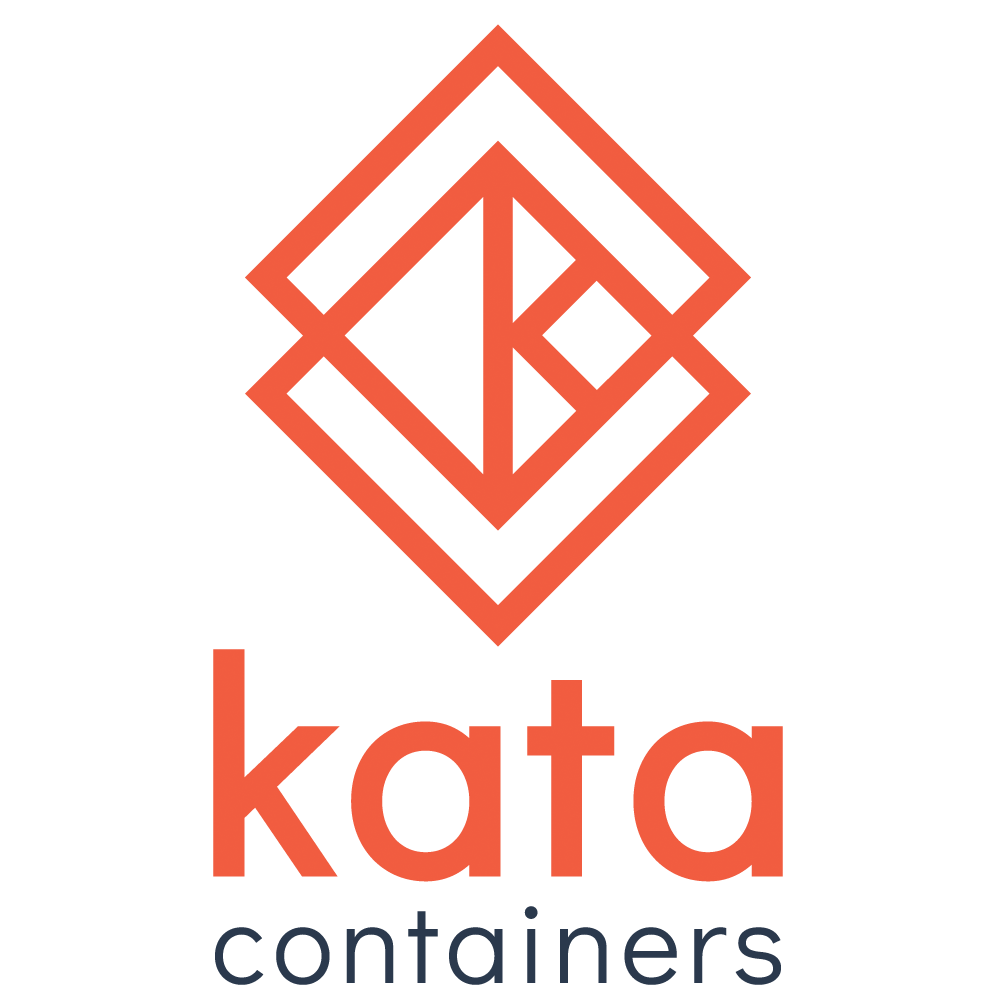There are software and hardware architectures which do not support dynamically adjusting the CPU and memory resources associated with a sandbox. For these, today, they rely on "default CPU" and "default memory" configuration options for the runtime, either set by annotation or by the configuration toml on disk. In the case of a single container (launched by ctr, or something like "docker run"), we could allow for sizing the VM correctly, since all of the information is already available to us at creation time. In the sandbox / pod container case, it is possible for the upper layer container runtime (ie, containerd or crio) could send a specific annotation indicating the total workload resource requirements associated with the sandbox creation request. In the case of sizing information not being provided, we will follow same behavior as today: start the VM with (just) the default CPU/memory. If this information is provided, we'll track this as Workload specific resources, and track default sizing information as Base resources. We will update the hypervisor configuration to utilize Base+Workload resources, thus starting the VM with the appropriate amount of CPU and memory. In this scenario (we start the VM with the "right" amount of CPU/Memory), we do not want to update the VM resources when containers are added, or adjusted in size. This functionality is introduced behind a configuration flag, `static_sandbox_resource_mgmt`. This is defaulted to false for all configurations except Firecracker, which is set to true. This'll greatly improve UX for folks who are utilizing Kata with a VMM or hardware architecture that doesn't support hotplug. Note, users will still be unable to do in place vertical pod autoscaling or other dynamic container/pod sizing with this enabled. Fixes: #3264 Signed-off-by: Eric Ernst <eric_ernst@apple.com>

Kata Containers
Welcome to Kata Containers!
This repository is the home of the Kata Containers code for the 2.0 and newer releases.
If you want to learn about Kata Containers, visit the main Kata Containers website.
Introduction
Kata Containers is an open source project and community working to build a standard implementation of lightweight Virtual Machines (VMs) that feel and perform like containers, but provide the workload isolation and security advantages of VMs.
Getting started
See the installation documentation.
Documentation
See the official documentation (including installation guides, the developer guide, design documents and more).
Community
To learn more about the project, its community and governance, see the community repository. This is the first place to go if you wish to contribute to the project.
Getting help
See the community section for ways to contact us.
Raising issues
Please raise an issue in this repository.
Note: If you are reporting a security issue, please follow the vulnerability reporting process
Developers
Components
Main components
The table below lists the core parts of the project:
| Component | Type | Description |
|---|---|---|
| runtime | core | Main component run by a container manager and providing a containerd shimv2 runtime implementation. |
| agent | core | Management process running inside the virtual machine / POD that sets up the container environment. |
| documentation | documentation | Documentation common to all components (such as design and install documentation). |
| tests | tests | Excludes unit tests which live with the main code. |
Additional components
The table below lists the remaining parts of the project:
| Component | Type | Description |
|---|---|---|
| packaging | infrastructure | Scripts and metadata for producing packaged binaries (components, hypervisors, kernel and rootfs). |
| kernel | kernel | Linux kernel used by the hypervisor to boot the guest image. Patches are stored here. |
| osbuilder | infrastructure | Tool to create "mini O/S" rootfs and initrd images and kernel for the hypervisor. |
agent-ctl |
utility | Tool that provides low-level access for testing the agent. |
trace-forwarder |
utility | Agent tracing helper. |
ci |
CI | Continuous Integration configuration files and scripts. |
katacontainers.io |
Source for the katacontainers.io site. |
Packaging and releases
Kata Containers is now available natively for most distributions. However, packaging scripts and metadata are still used to generate snap and GitHub releases. See the components section for further details.